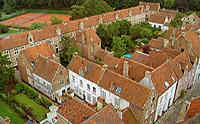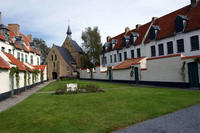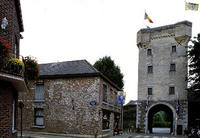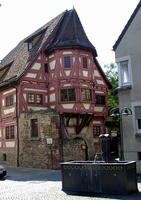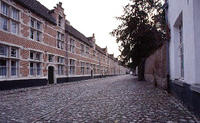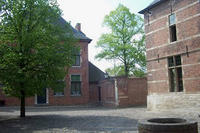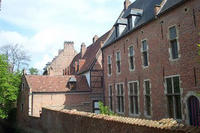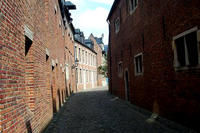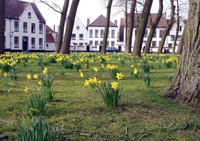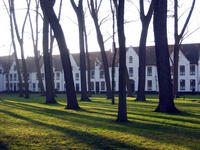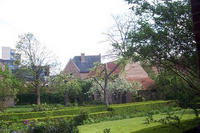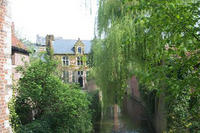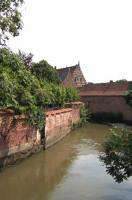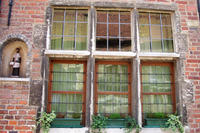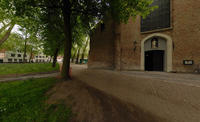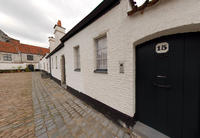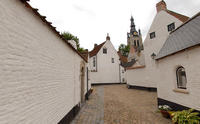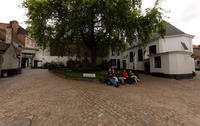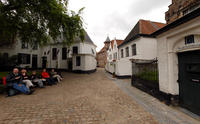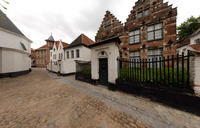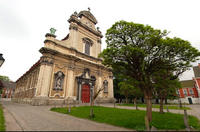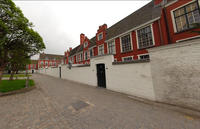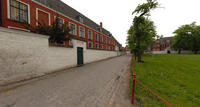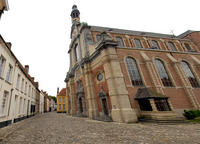You are in: Europe -> Belgium -> Flemish Béguinages, and traditional search or Image Gallery will yield results of this site only
Flemish Béguinages
| Site number: | 855 |
|
| Type of site: | Cultural | |
| Date: | 13th c. | |
| Date of Inscription: | 1998 | |
| Location: | Europe, Belgium, Flanders Region, Provinces: Antwerp, Limburg, Flemish Brabant | |
Up to 75 images are shown here. Click on each for more details or on Image Gallery for more images.
Six official UN languages:
Arabic,
Chinese,
English,
French,
Russian,
Spanish
Other languages: Czech, Danish, Dutch, German, Italian, Limburgish, Norwegian-bokmål, Polish, West Flemish
Other languages: Czech, Danish, Dutch, German, Italian, Limburgish, Norwegian-bokmål, Polish, West Flemish
| Description: | The Béguines were women, who without retiring from the world, dedicated their lives to God. The béguinages were enclosed communities designed to meet the spiritual and material needs of the Béguines, which they founded during the 13th century. In Belgium the béguinages were built in styles specific to the Flemish cultural region; the architectural ensembles were composed of houses, churches, ancillary buildings and green spaces, with either an urban or rural origin layout. The Flemish examples are a fascinating souvenir of the Béguines tradition that developed in the Middle-Ages throughout north-western Europe --WHMNet paraphrase from the description at WHC Site, where additional information is available. For 360 degree imaging of this site, click here. | |
| A Béguinage is a collection of small buildings used by Beguines, which were several lay sisterhoods of the Roman Catholic Church, founded in the 13th century in the Low Countries, of religious women who sought to serve God without retiring from the world. Dutch name - Béguinage comprises a courtyard surrounded by small dwellings. It is often encircled by a wall and secluded from the town proper by one or two gates. Poor and elderly beguines were housed here by benefactors. Béguinages are to be found in an area roughly corresponding with present-day Northern and North-Eastern France, Belgium, the Netherlands, Western and North-Western Germany. The beguines were a religious women's movement. Their success, according to the Belgian historian Henri Pirenne, was due to a surplus of women occasioned by violence, war, military and semi-military operations, which took the lives of many men. Great numbers of women had no option but to unite and collectively secure the aid of rich benefactors. Similarly, nuns' convents in the twelfth century enjoyed substantial initial success. Stricter rules within Cistercian and other abbeys, however, caused many women to seek less strict surroundings. Moreover, these abbeys' initial success necessitated the refusal of a great many applications for admission. As an additional obstacle, in several cases a certain degree of prosperity was required as a condition for admission to a regular nunnery. Town orders, such as the Dominicans, which did not make this requirement, were more successful for that very reason. --Wikipedia. Text is available under the Creative Commons Attribution-ShareAlike License. For 360 degree imaging of this site, click here. | ||
| Source: | http://whc.unesco.org/en/list/855 | |
| Reference: | 1. UNESCO World Heritage Center, Site Page. | |


